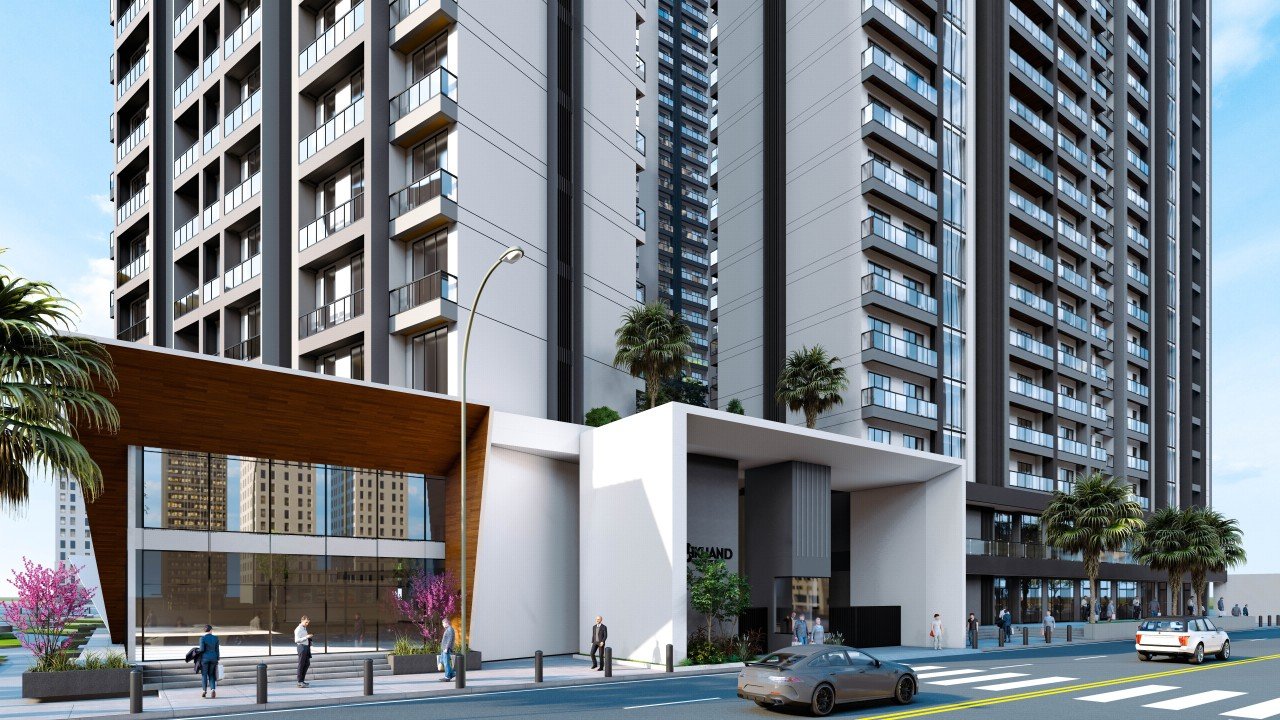The construction industry is undergoing a profound transformation, driven by precision engineering and material innovation. Traditional building methods are rapidly being replaced by advanced technologies and sustainable materials that redefine efficiency, durability, and long-term value. As global demand for high-performance structures rises, the emphasis is no longer just on aesthetics or functionality—it is about integrating cutting-edge solutions that enhance structural integrity, environmental responsibility, and operational efficiency.
Precision Engineering: Elevating Structural Excellence
The foundation of modern construction excellence lies in precision engineering. From computer-aided design (CAD) and Building Information Modelling (BIM) to prefabrication and robotics, these advancements have redefined how buildings are conceptualised and executed.
- Building Information Modelling (BIM): A transformative tool that enhances collaboration, reduces errors, and optimises resource allocation. BIM-driven projects benefit from greater efficiency, improved cost control, and minimised rework.
- Prefabrication and Modular Construction: These techniques ensure highly accurate, factory-controlled fabrication, leading to faster build times, enhanced quality control, and reduced material wastage.
- Advanced Robotics and Automation: Robotic technology is streamlining processes such as bricklaying, welding, and concrete pouring, significantly improving precision and minimising human error.
By integrating data-driven precision, today’s engineering solutions enable the creation of safer, more efficient, and future-ready structures.
Material Innovation: The Future of Sustainable and High-Performance Buildings
The materials used in construction today are far more advanced than ever before, pushing the boundaries of durability, efficiency, and sustainability. Some of the most groundbreaking material innovations include:
- Self-Healing Concrete: A revolutionary development that extends the lifespan of infrastructure by automatically repairing cracks, reducing maintenance costs and increasing structural longevity.
- Graphene-Infused Materials: Known for unparalleled strength and conductivity, graphene-based materials enhance structural integrity while allowing for lightweight, high-performance applications.
- Mass Timber and Engineered Wood: Sustainable alternatives that offer exceptional strength while reducing the carbon footprint of traditional steel and concrete construction.
- Smart Glass and Energy-Efficient Facades: Innovations that regulate light, heat, and privacy while improving energy efficiency and occupant comfort.
These next-generation materials are not only enhancing building performance but also aligning construction with sustainability mandates, ensuring that developments are built for longevity with minimal environmental impact.
The Intersection of Technology, Sustainability, and Efficiency
Today’s most forward-thinking projects are leveraging engineering precision and material science to achieve unparalleled energy efficiency, structural resilience, and cost-effectiveness. The integration of:
- AI-driven predictive modelling for risk assessment and project optimisation
- 3D printing for on-demand, cost-effective, and waste-free construction
- Green building certifications to meet global environmental standards
…is reshaping how architecture, engineering, and construction (AEC) industries approach the built environment.
The Blueprint for the Future
The construction industry is at a turning point. As precision engineering and material innovation continue to drive progress, the sector is moving towards a future where buildings are stronger, smarter, and more sustainable than ever before. Developers, engineers, and architects who embrace these advancements are not just constructing buildings—they are creating legacies of excellence, efficiency, and resilience.
